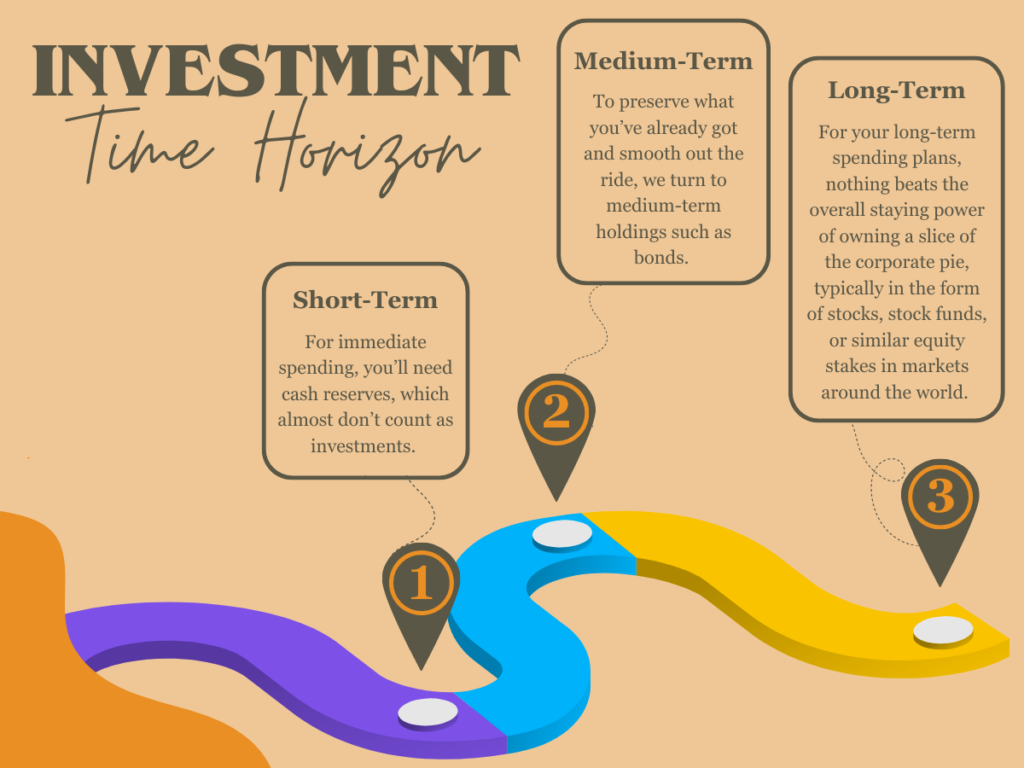
By Paul MacDonald, CFA
(Sponsor Content)
In much of the developed world, the population pyramid is inverting. Population pyramids are a demographic tool used to visualize the age of a country’s population. Typically they look like a pyramid, with a broad base —representing a large number of young people—and a gradually narrowing tip representing the natural loss of population as individuals age.
However, as birth rates have declined and life expectancy has increased in developed countries like Japan, France, and Canada those pyramids are looking more upside-down. The United Nations estimates that by 2050 almost 30% of the population of North America will be over 60; that number is projected at over 35% for Europe.
The aging of the developed world is one of the most important demographic trends of our time. An older population means a smaller proportion of the population will be working and paying taxes, while more people aging require the support of social safety nets. But this shift is not all negative. From an investor’s perspective there are a wide array of opportunities in aging populations. At Harvest ETFs, we see this demographic trend as one of the key drivers of the Healthcare sector.
Why the developed world is aging
Aging in North America, Europe, and parts of East Asia reflects a myriad of key factors. One of the most significant contributors to population aging is the remarkable progress in healthcare and medical technology. Reduced mortality rates from diseases and improved treatments for chronic conditions have led to longer life expectancy.
At the same time, birth rates are declining. That is due in part to increased access to education and family planning, as well as changing cultural norms. Families are choosing to have fewer children, or have children when they are themselves older and more established in their careers.
Other factors like urbanization, economic pressures, the cost of living, and the prioritization of personal well-being over raising children have contributed to this demographic shift. With this demographic shift, however, comes a significant economic shift.
As populations age, economies age with them. A shrinking pool of younger workers and a growing group of retirees can create a new set of challenges and opportunities. Most notably it can challenge workforce productivity and the overall tax base of an economy as a smaller percentage of the population will be working.
However, a growing number of older individuals opens up opportunities for many companies, notably in the Healthcare sector.
The investment opportunities of an aging population
At Harvest ETFs we believe the U.S. Healthcare sector is among the areas best poised to benefit from aging populations in the developed world. Taking the United States as a core example of these populations, we can see that healthcare spending increases significantly when the population gets older.
According to the Centers for Medicare & Medicaid Services National Health Statistics Group, the per-capita total personal healthcare expenditures of a U.S. individual aged 19-44 is US$4,856. For an individual aged 45-64 that number is $10,212. For individuals 65 and older, it’s $19,098. Continue Reading…





